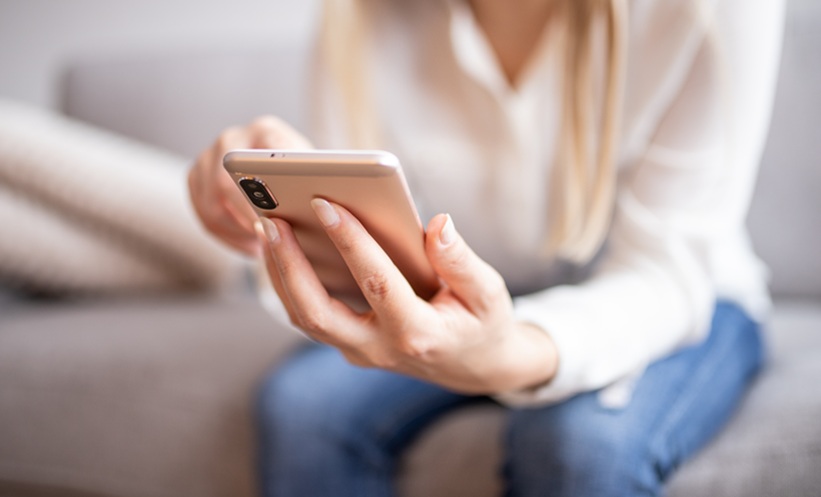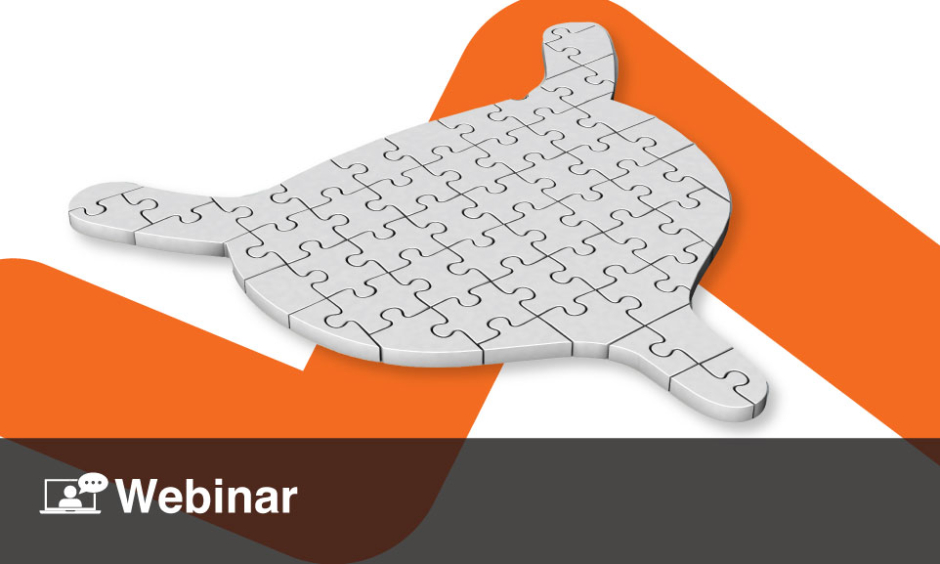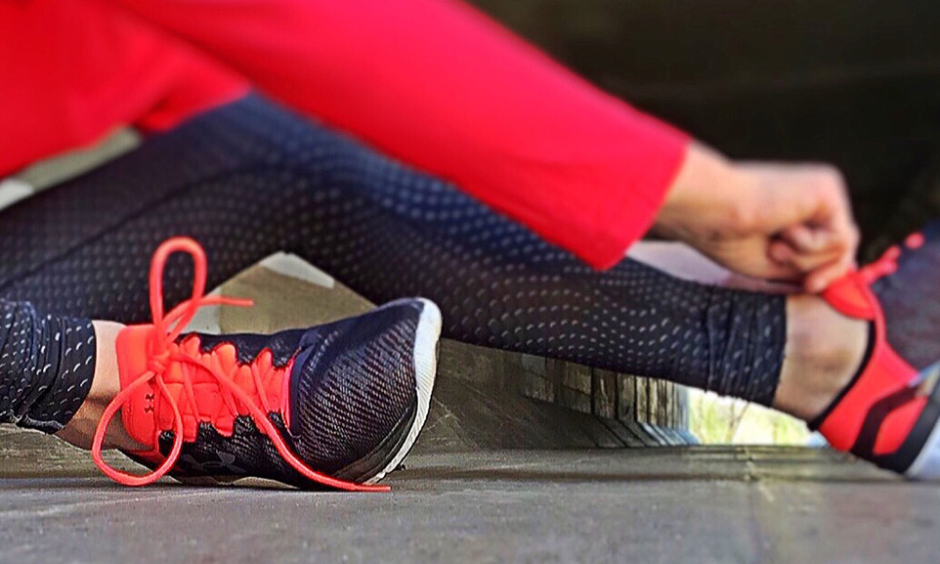OVERACTIVE BLADDER (OAB) symptoms such as urgency, frequency, and nocturia affect millions of women worldwide, often leading to social embarrassment, reduced self-esteem, and strain on intimate relationships. Conventional management options typically include behavioural strategies, medication, or invasive treatments. Mobile health (mHealth) solutions, however, are emerging as accessible, non-pharmacological alternatives.
In this study, 100 women with diagnosed OAB were randomly assigned either to a mobile application group or a control group. The intervention was developed using the ADDIE framework, a structured model for designing educational tools. Participants in the app group received bladder training guidance, while outcomes were assessed at the start of the study and again after three months.
Bladder Training Benefits for Women with OAB
Results revealed that women using the mobile app bladder training programme reported marked improvements in their quality of life, measured through the ICIQ-LUTSqol scale. Equally significant was the rise in sexual satisfaction, covering both personal fulfilment and partner-related experiences. These findings highlight the broader benefits of OAB symptom control, extending beyond physical relief to emotional and relational wellbeing.
High usability scores indicated that participants found the app easy to integrate into daily routines, with strong loyalty suggesting long-term engagement potential. Importantly, no adverse effects or compliance issues were reported, reinforcing the safety of this digital approach.
A Promising Non-Drug Option
The evidence suggests that a mobile app bladder training programme could serve as a scalable, user-friendly, and cost-effective method for managing overactive bladder. Unlike medication, which can sometimes lead to side effects or discontinuation, this digital solution empowers women to take control of their symptoms through behavioural strategies. By supporting behaviour change, encouraging self-management, and fostering accountability through regular engagement, the app represents a modern approach to a longstanding problem. In addition, its accessibility via smartphones makes it a practical choice for women regardless of geographical or financial barriers, offering a more inclusive option compared to in-clinic therapies.
For women affected by OAB, mHealth interventions could represent a transformative step forward, improving not only bladder control but also confidence, intimacy, and overall wellbeing. The trial’s results suggest that mobile applications have the potential to become mainstream tools in women’s health, bridging the gap between clinical care and everyday life. As digital health solutions continue to evolve, bladder training apps may soon play a central role in holistic, patient-centred management of overactive bladder.
Reference
Yalazı RÖ, Demirci N. The effect of bladder training with mobile application on quality of life and sexual satisfaction in women with overactive bladder: randomized controlled study. World J Urol. 2025;43(1):573.







